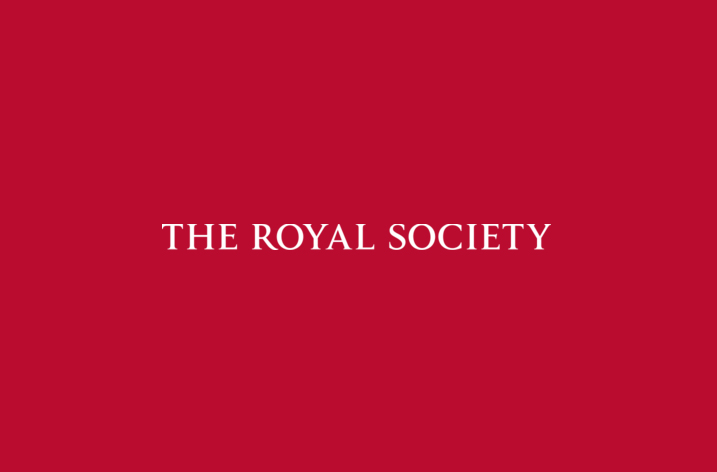
The Nature Index Annual Tables, released today, look at institutions and countries producing high-quality natural-sciences research, and show that despite the challenges and limitations due to the COVID-19 pandemic, the institutions which were strong in 2019 remained strong in 2020.
Those institutions that have retained their positions at the top of the table, as measured by the metric, Share*, include the Chinese Academy of Sciences, Harvard University, the Max Planck Society, the French National Centre for Scientific Research and Stanford University. The University of Tokyo, Japan, and the University of Cambridge, UK, moved up from eleventh position to eighth place, and fourteenth place to tenth, respectively.
While many larger nations, including the United States, Germany, UK, and Japan, managed to slow or reverse the declines in research output of previous years, there were some unexpected results. For example, in the natural sciences journals tracked by the Nature Index, the growth of China’s adjusted Share** decreased to 1.1% in 2020, compared with an annual average growth rate of more than 13% in the four years from 2015 to 2019.
David Swinbanks, Founder of the Nature Index, said:
“In a year in which there has been a sharp focus on research output, The Nature Index Annual Tables have not only shown the resilience of the research sector with many institutions either maintaining or advancing their natural sciences output according to the metric Share, they have also shown the adaptability of institutions, and regions, to quickly perform extremely well alongside some of their more established and larger peers in challenging conditions.
Despite the impact of COVID-19 in terms of lab closures and disruptions to experiments, our analysis indicates that the continued strength in output is likely explained in part by a surge in COVID-19- related articles.
While the annual tables are a good indicator of high quality research output in the natural sciences, we encourage readers to use the findings alongside other measures such as metrics that encompass research fields beyond the natural sciences as well as other scientific outputs such as data, software and intellectual property when considering research quality and institutional performance.”
An accompanying analysis of rising stars which appears on the Nature Index website along with the Annual Tables looks at institutions that achieved the highest growth in high-quality publication output in 2020. There is a marked change from 2019 in those institutions featuring in the top 10 for 2020, with a higher global spread of institutions including those from Asia, Europe, North America, and the Asia-Pacific. Among these institutions are China’s Southern University of Science and Technology, which showed a more than 66% increase in adjusted Share in 2019–2020, the University of Queensland in Australia, which had a 33% increase, and Japan’s RIKEN, which had more than a 27% increase over the same period.























